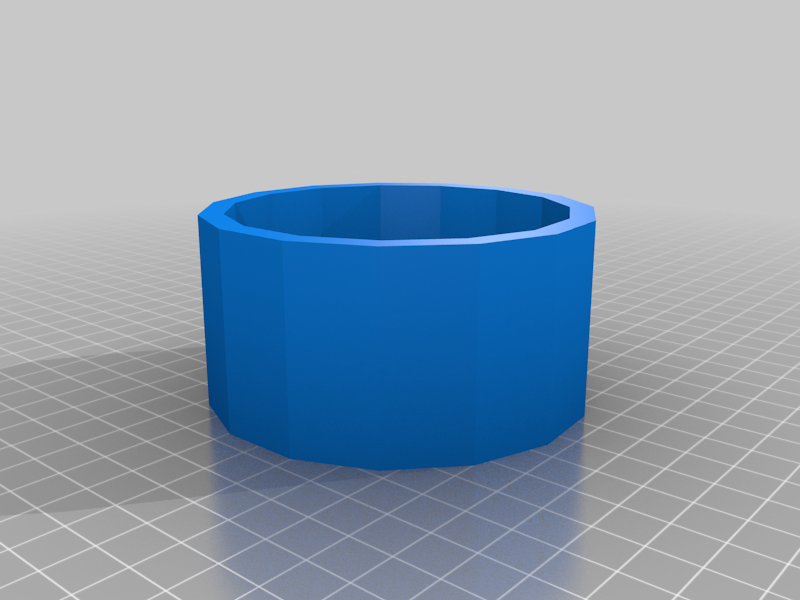The Effect of Flow Rate on Filtration Efficiency
페이지 정보

본문
When it comes to filtering liquids, there are several key factors to consider. Two of the most crucial factors are the flow rate of the liquid and the filtration system's ability to remove contaminants. In this article, we will explore the relationship between flow rate and filtration and how they interact to produce optimal filtration results.
What is Flow Rate?
-----------------
Flow rate refers to the volume of liquid that flows through a system or filter over a specific period. It is typically measured in units such as liters per hour (L/h) or gallons per minute (GPM). Flow rate can be affected by several variables including filter diameter and viscosity.
How Flow Rate Affects Filtration
--------------------------------
Flow rate has a significant impact on filtration performance. When the flow rate is high, the liquid flows quickly through the filter, which can result in a higher amount of contaminants being trapped. However, high flow rates can also lead to the filter becoming blocked. Conversely, low flow rates can result in a longer filtration time, which can result in a more effective removal of contaminants.
The Relationship Between Flow Rate and Filtration Efficiency
---------------------------------------------------------
Filtration efficiency is the ratio of the amount of contaminants removed by the filter to the amount of contaminants present in the liquid. Flow rate has a direct impact on filtration efficiency. When the flow rate is high, the filtration efficiency is typically lower due to oil filter manufacturer in india overload.
However, research has shown that there is an optimal flow rate for filtration, which is typically achieved when the flow rate is around 50-70% of the filter's maximum capacity. At this point, the filter is able to remove contaminants effectively while minimizing loss of flow rate.
The Benefits of Optimizing Flow Rate for Filtration
---------------------------------------------------
Optimizing the flow rate for filtration can have a significant effect on the performance and lifespan of a filtration system. By adjusting the flow rate to the optimal level, users can:
Improve filtration efficiency and effectiveness
Reduce maintenance costs
Increase the lifespan of the filter
Reduce overall system downtime
Best Practices for Optimizing Flow Rate for Filtration
To optimize flow rate for filtration, users should:
Monitor the flow rate and adjust as needed
Select filters with the correct pore size and flow rate for the application
Use the correct pressure drop for the filter and application
Regularly clean and maintain the filter

Conclusion
----------
In conclusion, the relationship between flow rate and filtration is complex and depends on several factors, including the type of filter, the liquid being filtered, and the application. By understanding the relationship between flow rate and filtration, users can optimize the flow rate for effective and efficient filtration, resulting in improved performance, reduced costs, and increased productivity.
- 이전글탑플레이어포커 충전 텔@adtopking [애드바다] 25.06.10
- 다음글연체자작업대출@ 텔레@MD8833@카톡MD8833 작대수수료 작업대출수수료 무직자작대❤️ 25.06.10
댓글목록
등록된 댓글이 없습니다.

